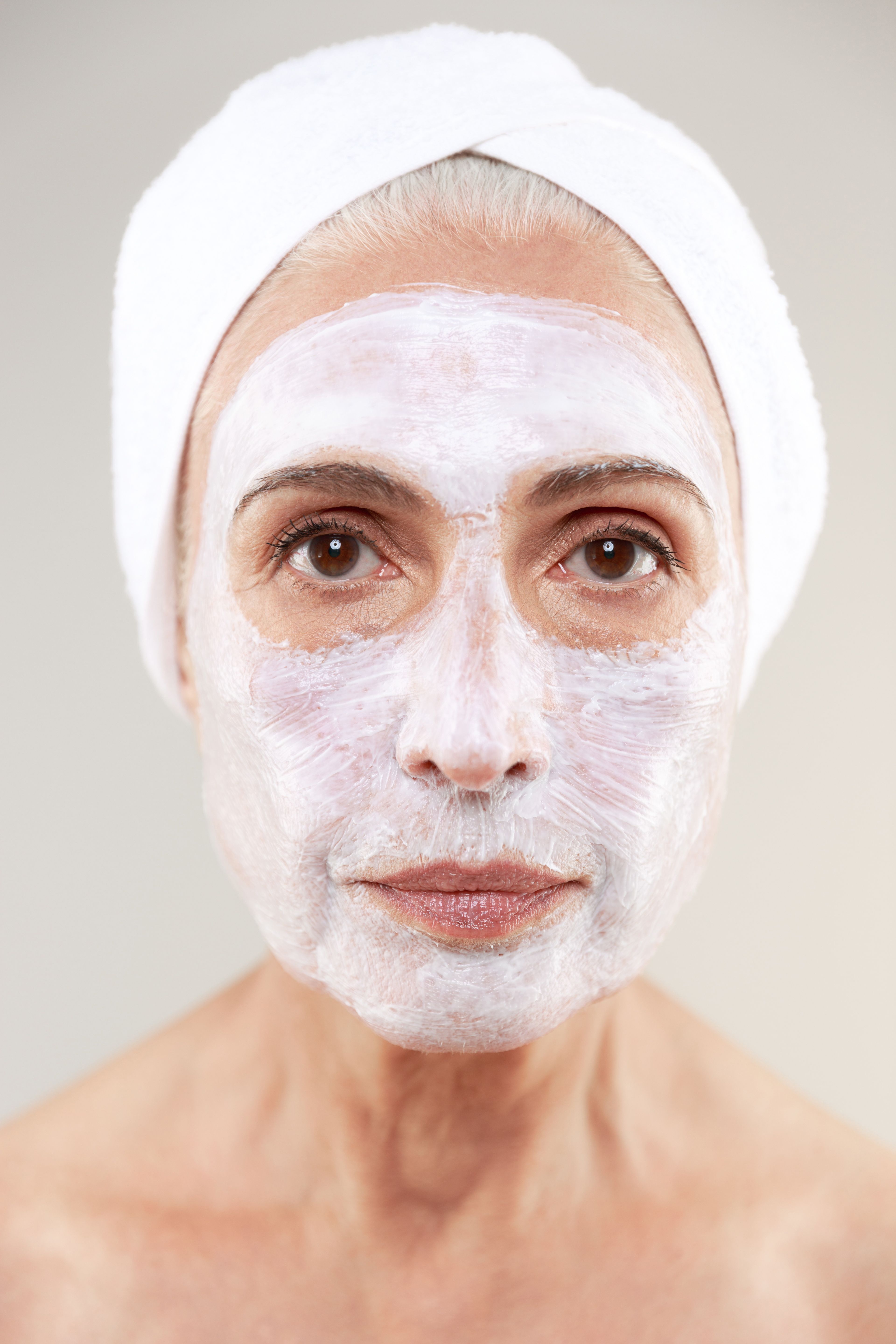- Acne
- Actinic Keratosis
- Aesthetics
- Alopecia
- Atopic Dermatitis
- Buy-and-Bill
- COVID-19
- Case-Based Roundtable
- Chronic Hand Eczema
- Chronic Spontaneous Urticaria
- Drug Watch
- Eczema
- General Dermatology
- Hidradenitis Suppurativa
- Melasma
- NP and PA
- Pediatric Dermatology
- Pigmentary Disorders
- Practice Management
- Precision Medicine and Biologics
- Prurigo Nodularis
- Psoriasis
- Psoriatic Arthritis
- Rare Disease
- Rosacea
- Skin Cancer
- Vitiligo
- Wound Care
News
Article
Application of CO2-Emitting Mask Shows Positive Improvement in Skin Appearance
Author(s):
Researchers found that topical application of the carboxy mask led to improvements in skin firmness, sagging, tone, and wrinkles.
To assess the safety and efficacy of a topical carboxy mask on the signs of photoaging, researchers conducted a short-term and long-term study and found improvements in several markers.1 After 4 weeks of use, participants showed improved blood flow and skin hydration. After 10 weeks, participants showed improvement in sagging, firmness, and overall skin appearance.
Drobot Dean/AdobeStock

Carbon dioxide (CO2) transdermal is a new method that involves mixing 2 packets of ingredients. In this study, the first packet contained butylene glycol, magnesium carbonate, hydrolyzed collagen, ceramides, botanical antioxidants (passiflora edulis fruit extract, pueraria thunbergiana root extract, chlorella vulgaris extract, aloe barbadensis leaf extract), and calcium carbonate. The second packet contained gluconolactone, squalene, butylene glycol, and water. The combination causes a release of CO2.
In the short-term study, 12 female participants aged 45-75 with mild to moderate photoaging applied the mask (CO2 Lift, Lumisque Skincare) for 1 hour at baseline and then 2 to 3 times a week for the 14-day treatment period. Participants underwent Visia photography CR 4.3 (Canfield Scientific), corneometer measurements, and subject assessments (dryness, skin tone evenness, fine lines, wrinkles, scaling, and dark circles) on a visual analog scale (VAS) from 1 to 10 at baseline, 1 hour after application, at 4 days, 8 days, and 14 days during the treatment phase. After discontinuing use of the mask, participants returned for assessments on days 21 and 28.
The long-term study lasted 10 weeks, in which 34 female participants aged 35 to 65 with mild to moderate photoaging used the mask after cleansing. In week 1 they applied the carboxy mask 3 times, in weeks 2 through 4 they applied the mask 1 time per week, weeks 5 and 6 had no mask treatment, week 7 they applied the mask 1 time, and weeks 8 through 10 had no mask treatment.
Photographs were taken with the Visia CR 4.3 (Canfield Scientific), and erythema/melanin measurements were taken with the dermaspectrophotometer, hydration measurements with the corneometer, and elasticity measurements with the elastometer at baseline, week 4, and week 10 to assess skin barrier function and performance.
Participants and the dermatologist investigator assessed signs of photoaging on a 5-point scale.
In the 4-week study, corneometry showed an immediate and cumulative effect on moisturization. At baseline the measurement was 43.58 and after removal of the mask had increased to 50.92 (P < .001). Moisturization continued to show increases at day 4 (75.85), day 8 (83.50), and day 14 (87.65). By day 21 the improvement was measured at 83.50 and at day 28 was 95.93.
"This research examined the cutaneous effects of a carboxy mask used for 10 weeks. No adverse events occurred, and the tolerability was excellent. The most interesting results revolved around the improvement in skin elasticity, which may have been due to the collagen remodeling induced by CO2," said Zoe Diana Draelos, MD, the lead study investigator, consulting professor of dermatology at Duke University School of Medicine in Durham, North Carolina, the research lab lead at Dermatology Consulting Services in High Point, North Carolina, and editor in chief of Dermatology Times.
All Fitzpatrick skin types were included in the long-term study. By week 4, retraction time significantly decreased (—12%, P = .004) and by week 10 was measured at —10% (P = .05). Investigator assessed luminosity, radiance, tactile roughness, visual roughness, and erythema had all improved significantly at week 4 and continued to week 10. There was also a 16% improvement in firmness, 9% improvement in sagging, and 12% improvement in overall skin appearance.
Participants also reported statistically significant improvements in evaluated criteria at weeks 4 and 10, including wrinkles, luminosity, erythema, pigmentation, and skin tone.
Topical application of CO2 can be done at home at an individual’s convenience with no down time, making carboxytherapy an effective tool in skin care.
Reference
- Draelos ZD, Shamban A. A pilot study evaluating the anti-aging benefits of a CO2-emitting facial mask. J Cosmet Dermatol. 2023;22:2198-2204. doi:10.1111/jocd.15860
Newsletter
Like what you’re reading? Subscribe to Dermatology Times for weekly updates on therapies, innovations, and real-world practice tips.














